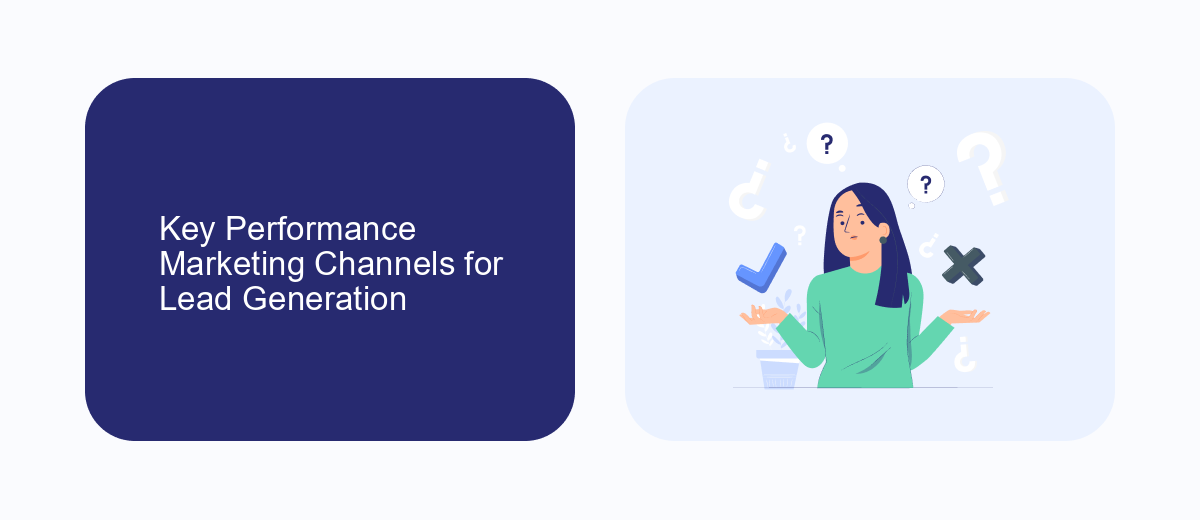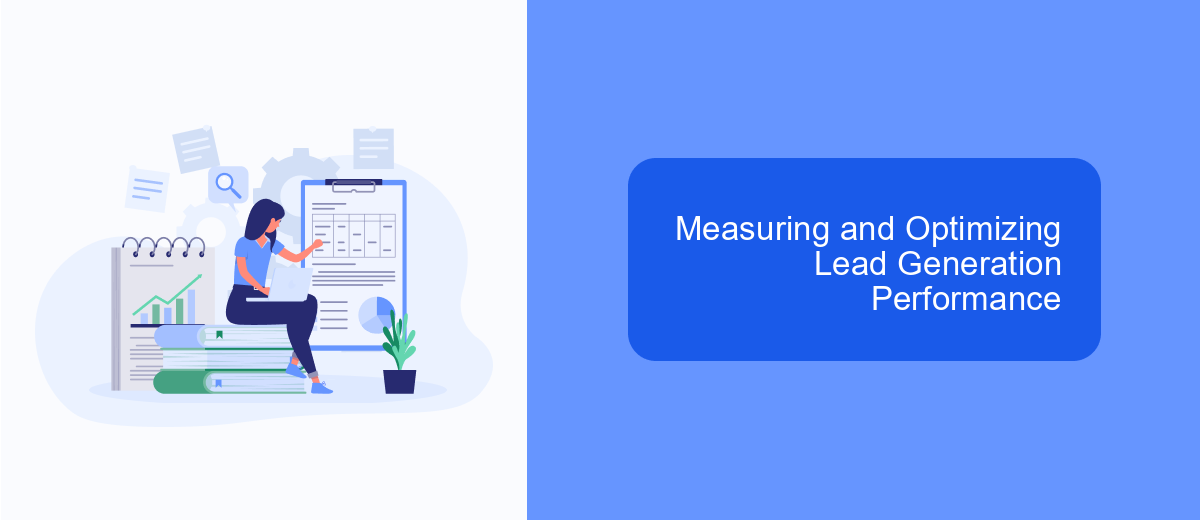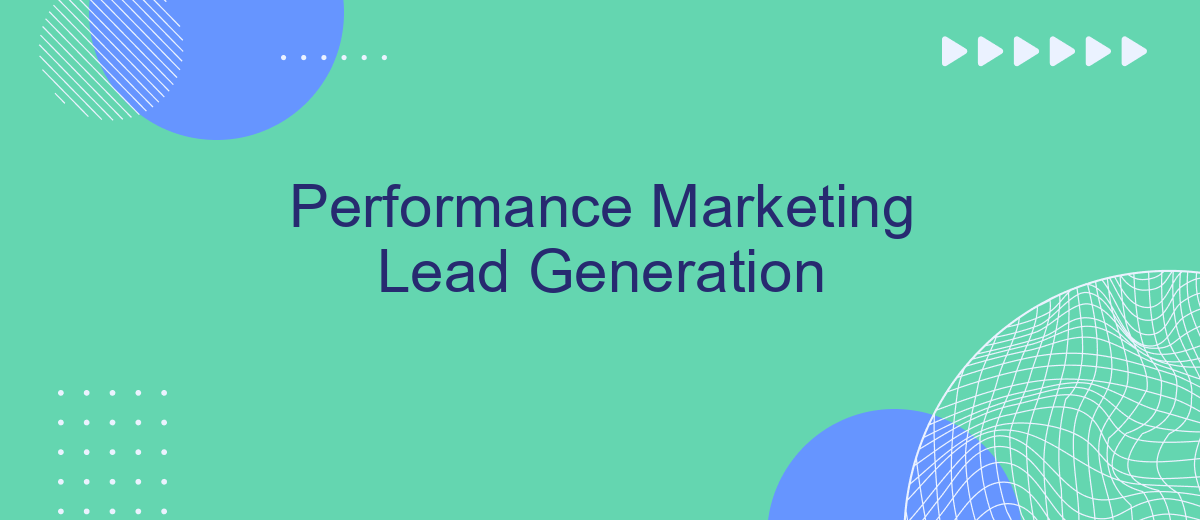In today's competitive digital landscape, businesses are increasingly turning to performance marketing as a strategic approach to lead generation. By focusing on measurable outcomes and data-driven strategies, performance marketing enables companies to optimize their advertising efforts and maximize ROI. This article explores the key components of performance marketing, the benefits of leveraging it for lead generation, and practical tips for implementing successful campaigns that drive tangible results.
Understanding Performance Marketing and Lead Generation
Performance marketing is a strategic approach focused on achieving specific, measurable outcomes in digital marketing campaigns. Unlike traditional marketing, where results can be vague, performance marketing emphasizes accountability and transparency. This approach allows marketers to pay only for successful transactions, such as clicks, leads, or sales, making it a cost-effective solution for businesses aiming to maximize their return on investment.
- Pay-per-click (PPC) advertising
- Affiliate marketing
- Social media advertising
- Email marketing
- Search engine optimization (SEO)
Lead generation, on the other hand, is the process of attracting and converting prospects into potential customers who have expressed interest in a company's product or service. Effective lead generation strategies are crucial for businesses seeking to expand their customer base and drive growth. By integrating performance marketing with lead generation efforts, companies can optimize their marketing spend and enhance the quality of leads generated. This synergy ensures that marketing efforts are not only efficient but also aligned with the company's overall business objectives.
Key Performance Marketing Channels for Lead Generation

Performance marketing channels play a crucial role in lead generation by targeting potential customers with precision and efficiency. Key channels include search engine marketing (SEM), where businesses use paid advertising on search engines like Google to capture high-intent leads. Social media platforms such as Facebook, Instagram, and LinkedIn offer robust targeting options, allowing marketers to reach specific demographics and interests. Email marketing remains a powerful tool, enabling personalized communication and nurturing relationships with potential leads over time.
Additionally, content marketing through blogs, videos, and webinars can attract and engage prospects by providing valuable insights and solutions. Integrating these channels effectively is essential for maximizing lead generation efforts. Services like SaveMyLeads facilitate seamless integration by automating the transfer of leads from marketing platforms to CRM systems, ensuring timely follow-up and reducing the risk of lost opportunities. This integration enhances the efficiency of marketing strategies and helps businesses convert leads into customers more effectively.
Crafting High-Converting Lead Generation Campaigns

Creating a high-converting lead generation campaign requires a strategic approach that combines creativity, data analysis, and understanding of your target audience. By focusing on these elements, you can design campaigns that not only capture attention but also convert prospects into leads effectively.
- Identify and understand your target audience to tailor your messaging effectively.
- Develop a compelling value proposition that addresses your audience's needs and pain points.
- Utilize multi-channel strategies, including social media, email, and PPC, to reach a wider audience.
- Optimize landing pages with clear calls-to-action and user-friendly designs to increase conversion rates.
- Continuously analyze campaign performance data to refine strategies and improve results.
By implementing these steps, marketers can enhance their lead generation efforts significantly. It's crucial to remain adaptable and responsive to data insights, allowing for continuous improvement. As a result, campaigns become more efficient, yielding higher conversion rates and driving business growth.
Measuring and Optimizing Lead Generation Performance

Measuring and optimizing lead generation performance is crucial for any business aiming to maximize its marketing efforts. By analyzing key metrics, companies can identify strengths and areas for improvement in their strategies. This process involves collecting data, assessing the effectiveness of various channels, and making informed adjustments to enhance results.
To effectively measure lead generation performance, businesses should focus on metrics such as conversion rates, cost per lead, and lead quality. These indicators provide valuable insights into how well a campaign is performing and where resources should be allocated. Regularly reviewing these metrics helps ensure that marketing efforts are aligned with business goals.
- Track conversion rates to determine the percentage of leads that become customers.
- Calculate cost per lead to evaluate the efficiency of marketing spend.
- Assess lead quality to ensure that generated leads align with target audience profiles.
Optimization involves testing different strategies, such as A/B testing, to find the most effective approaches. By continuously analyzing data and refining tactics, businesses can improve their lead generation outcomes, ultimately driving growth and increasing revenue. Regular monitoring and adjustment are key to maintaining a competitive edge in the performance marketing landscape.
Future Trends in Performance Marketing for Lead Generation
As the landscape of performance marketing evolves, one of the most significant trends is the increasing use of artificial intelligence and machine learning. These technologies enable marketers to analyze vast amounts of data more efficiently, allowing for more precise targeting and personalization in lead generation efforts. AI-driven tools can predict customer behavior, optimize ad spend, and enhance user experiences, ultimately leading to higher conversion rates. Moreover, the integration of AI in performance marketing is expected to become more sophisticated, providing insights that were previously unattainable.
Another emerging trend is the emphasis on seamless integration across various platforms and tools. Automation services like SaveMyLeads play a crucial role in this aspect by simplifying the process of connecting different marketing applications. This ensures that data flows smoothly between systems, enabling marketers to maintain a comprehensive view of their campaigns and leads. By leveraging such integrations, businesses can streamline their operations, reduce manual errors, and focus more on strategic decision-making, thus enhancing overall performance marketing effectiveness in lead generation.
FAQ
What is Performance Marketing Lead Generation?
How can I optimize my lead generation campaigns?
What role does automation play in lead generation?
How do I measure the success of my lead generation efforts?
What are some common challenges in performance marketing lead generation?
If you use Facebook Lead Ads, then you should know what it means to regularly download CSV files and transfer data to various support services. How many times a day do you check for new leads in your ad account? How often do you transfer data to a CRM system, task manager, email service or Google Sheets? Try using the SaveMyLeads online connector. This is a no-code tool with which anyone can set up integrations for Facebook. Spend just a few minutes and you will receive real-time notifications in the messenger about new leads. Another 5-10 minutes of work in SML, and the data from the FB advertising account will be automatically transferred to the CRM system or Email service. The SaveMyLeads system will do the routine work for you, and you will surely like it.
